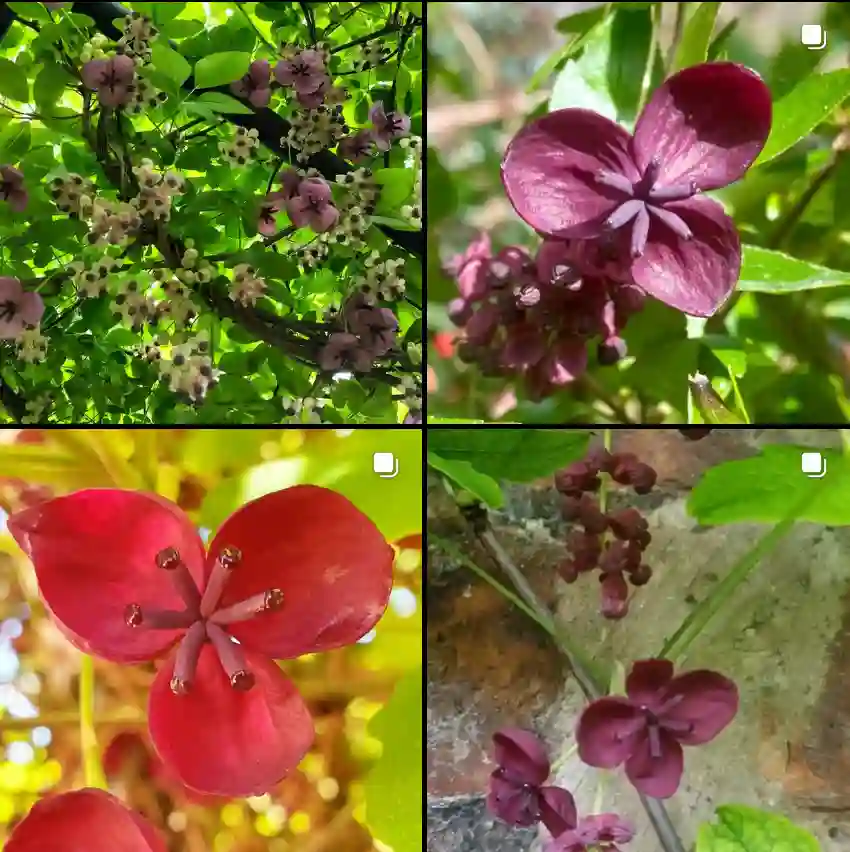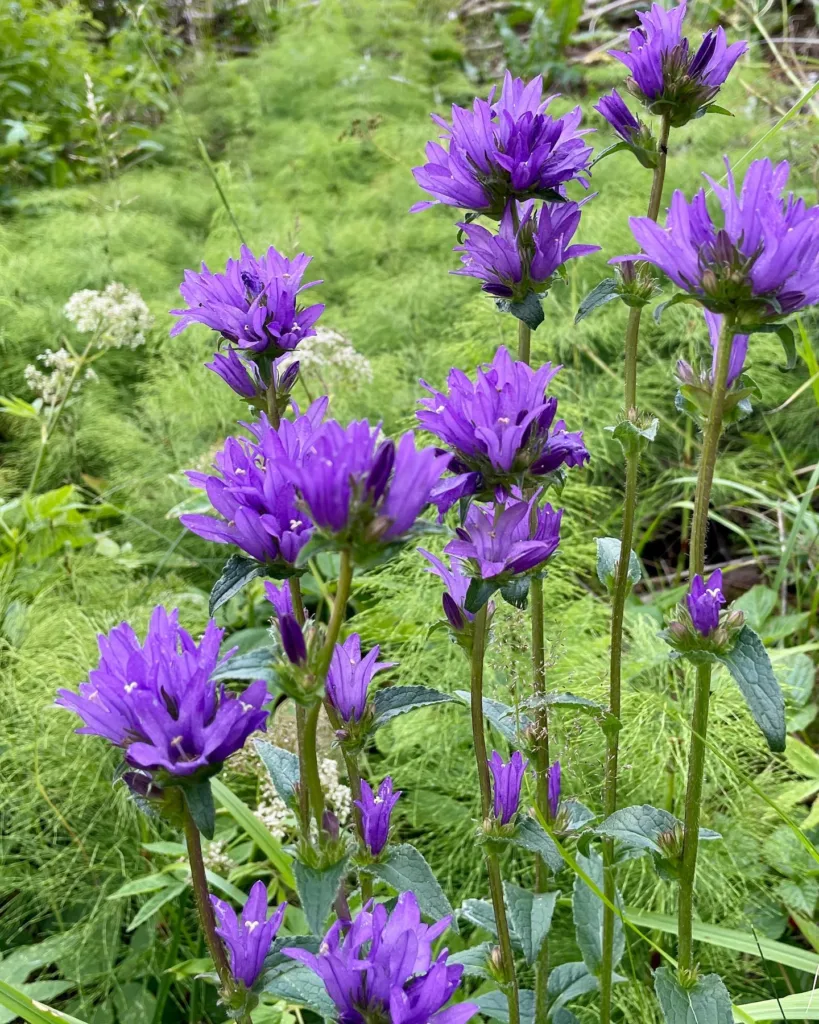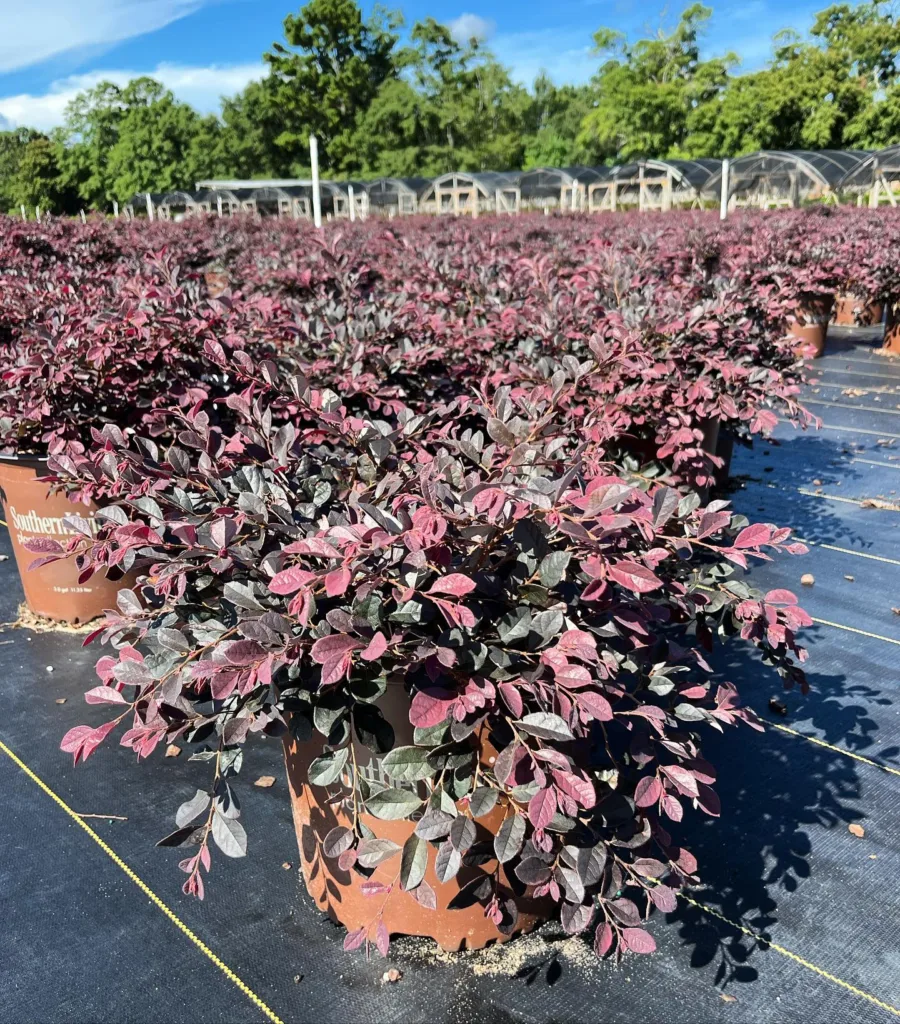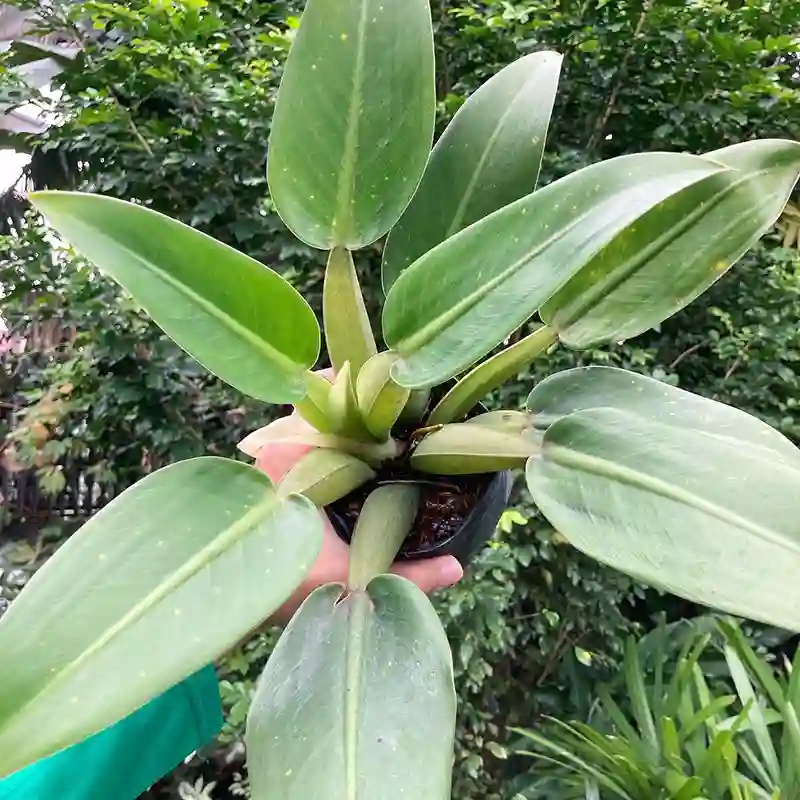What is Wolffia Arrhiza?
Wolffia Arrhiza, commonly known as watermeal, is the world’s smallest flowering plant. Despite its tiny size, this fascinating aquatic plant has captured the attention of botanists and researchers due to its unique characteristics and impressive protein content. I first came across Wolffia Arrhiza during a botany lecture, and its remarkable features piqued my curiosity. In this article, I’ll share my insights into this extraordinary plant.
11 Species in Genus Wolffia
Where is Wolffia Arrhiza Found?
Wolffia Arrhiza thrives in freshwater habitats across the globe. It’s found in still or slow-moving waters, such as ponds, lakes, and marshes. The plant prefers warm climates and is commonly seen in regions with temperate to tropical weather. During my travels, I’ve spotted Wolffia Arrhiza in various parts of Asia, North America, and Africa. It often forms dense mats on the water’s surface, creating a green carpet-like appearance.
How to Identify Wolffia Arrhiza?
Identifying Wolffia Arrhiza can be challenging due to its minuscule size. The plant measures only about 1 millimeter in diameter. It lacks roots and has a simple structure, consisting of a single, green, oval-shaped frond. When I first encountered it, I mistook it for floating algae. However, upon closer inspection, I noticed its distinct shape and texture. The fronds are buoyant and float freely on the water surface, sometimes attaching to other aquatic plants.
Does Wolffia Arrhiza Reproduce Asexually or Sexually?
Wolffia Arrhiza primarily reproduces asexually through a process called vegetative propagation. The fronds divide and produce new, genetically identical plants. This method allows for rapid colonization of suitable habitats. However, Wolffia Arrhiza can also reproduce sexually. During this process, it produces tiny flowers, which are barely visible to the naked eye. Pollination occurs, leading to the formation of seeds. Despite this capability, sexual reproduction in Wolffia Arrhiza is rare and often overshadowed by its efficient asexual reproduction.
Do Humans Have a Similar Protein as Wolffia Arrhiza?
Wolffia Arrhiza is notable for its high protein content, making it a potential superfood. Its protein composition includes essential amino acids, similar to those found in human dietary proteins. While humans don’t produce identical proteins, the amino acids present in Wolffia Arrhiza are crucial for human nutrition. The plant’s protein profile is comparable to that of soybeans and other protein-rich foods. As I delved deeper into my research, I discovered that incorporating Wolffia Arrhiza into diets could help address protein deficiencies in various populations.
How to Cultivate Wolffia Arrhiza?
Cultivating Wolffia Arrhiza is relatively straightforward, given the right conditions. The plant thrives in nutrient-rich, calm waters. During my attempts to grow it, I ensured a stable water temperature between 20-30°C and provided ample sunlight. It’s essential to maintain clean water, as Wolffia Arrhiza is sensitive to pollutants. Regular water changes and the addition of organic fertilizers can promote healthy growth. With minimal care, the plant can multiply rapidly, covering the water surface in a short time.
What are the Benefits of Wolffia Arrhiza?
The benefits of Wolffia Arrhiza extend beyond its nutritional value. It’s an excellent bioindicator, signaling the health of aquatic ecosystems. The plant absorbs excess nutrients, helping to prevent algal blooms and maintain water quality. Moreover, Wolffia Arrhiza serves as a habitat for various microorganisms, supporting biodiversity. Its potential use in wastewater treatment and as a sustainable protein source makes it a valuable asset in environmental management and food security.
Conclusion
Wolffia Arrhiza is a tiny yet mighty plant with immense ecological and nutritional significance. Its ability to thrive in diverse environments, coupled with its impressive protein content, positions it as a potential game-changer in sustainable agriculture and environmental conservation. Through my exploration of Wolffia Arrhiza, I’ve gained a deeper appreciation for the intricate connections between plant biology and human well-being. As we continue to uncover the secrets of this remarkable plant, its role in our world becomes increasingly evident.
If i die, water my plants!



